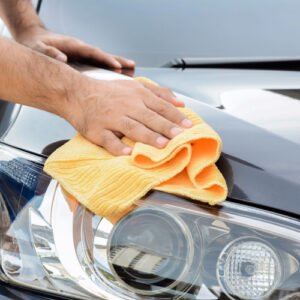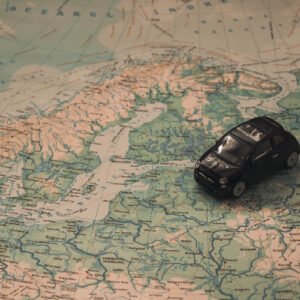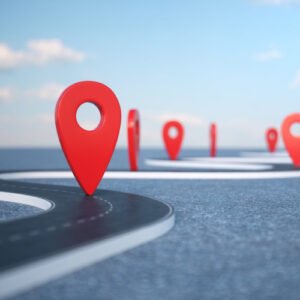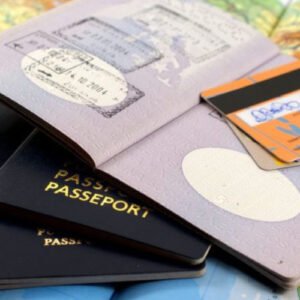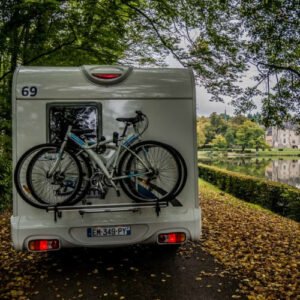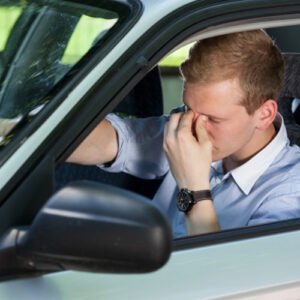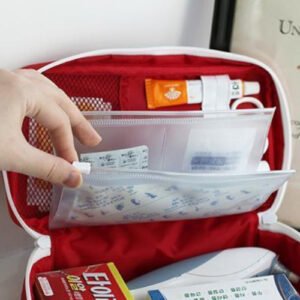As mentioned, some countries will require you to drive on a different side of the road than you are used to, which can be quite disorientating for those who have never done this before. Catherine from the travel blog Diapers on a Plane spoke to us about this very issue:
“Be totally cognizant of where you belong on the road. This isn’t as easy as it sounds. Driving outside your home country is always going to be a bit disorientating, from tolls to stoplights to owning the road, but the hardest part is when you find yourself in a country that defies all the universal rules you’ve come to expect. For instance, in some countries such as the USVI Island of St. John, you’d expect to drive on the right side because it’s a US territory. However, not only do they drive on the left side of the road, but they import American vehicles which mean the driver sits on the left side of the vehicle as well! You are on the opposite side of the dividing line and it completely shifts your perspective. So much so, that you find yourself wanting to autocorrect.”
Monica from the travel and adventure blog, The Travel Hack, has some great advice on this subject when it comes to driving abroad: “If you’re driving on the other side of the road for the first time, make sure you angle your passenger side wing mirror so it’s facing the road more than it would at home. This will help you clearly see your positioning in the road to make sure you’re not too far to one side. It doesn’t take long to adjust to driving on the ‘wrong side’ of the road but at first, it can be a little tricky to stay in the middle!”
With all this in mind, you should try and prepare yourself for foreign roads, driving on the opposite side of the road, and having a car layout different from what you are used to. Becky from We Are Travel Girls told us: “I also recommend looking for a car rental company in a less populated, busy area if possible – this will allow you to leave the rental place and drive around a few quiet streets to get familiar with the car and the roads before you jump onto a highway!”





